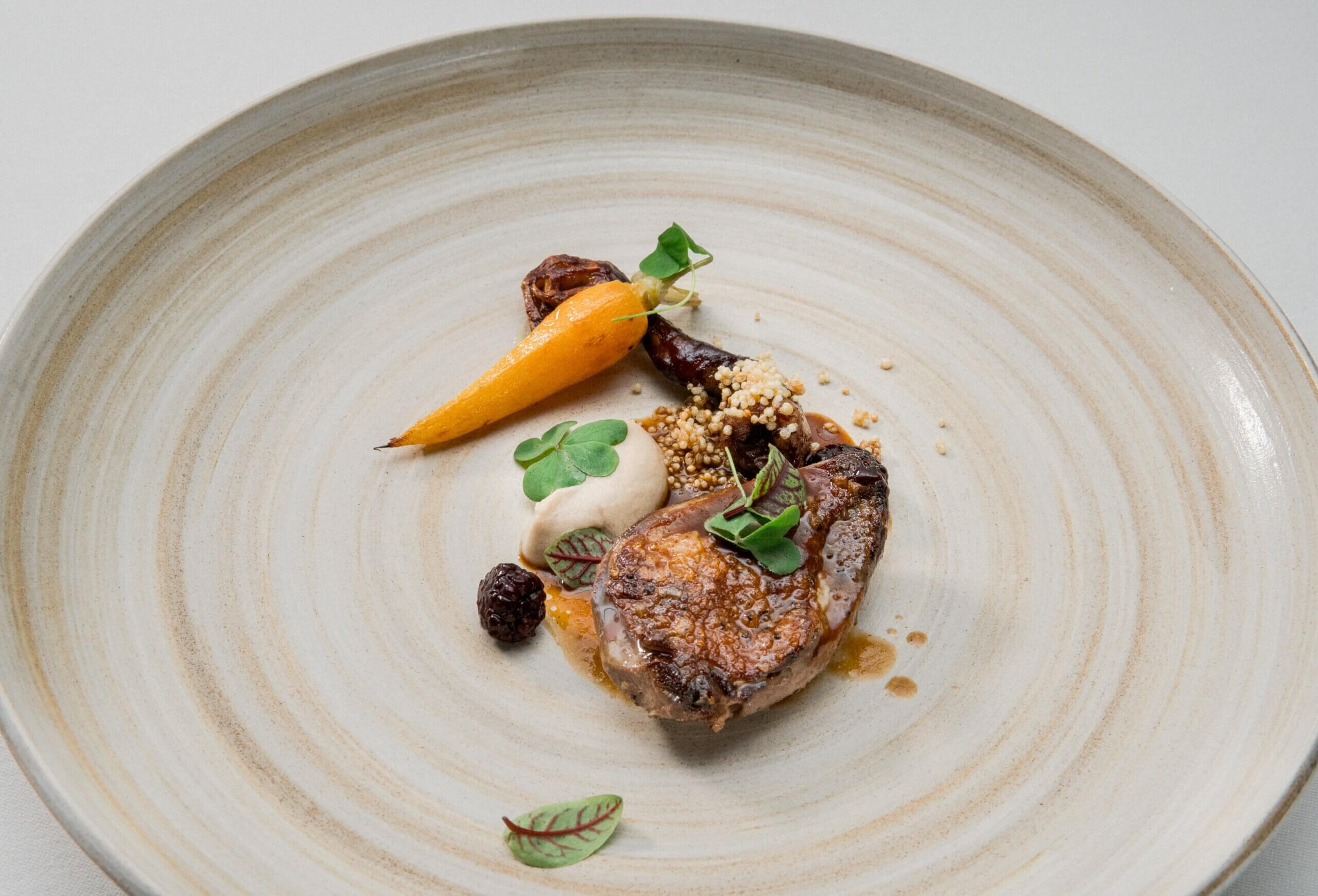– Raw crab meat should not be eaten due to the presence of harmful microorganisms and parasites.
– Crab meat in sushi rolls is often imitation crab meat made with fish and does not contain real crab.
– Fresh crab meat should be consumed as soon as possible or within a few hours if not preserved.
– Extracting crab meat from the shell takes skill, but prepared crab meat is also available for purchase.
– Raw crab is unappetizing and has a watery, mushy texture.
– Raw crab can contain harmful microorganisms such as Lung fluke, Vibrio parahaemolyticus, and Vibrio cholerae.
– Cooking crab thoroughly is the only way to eliminate these risks and make it safe to eat.
– Imitation crab is already cooked and safe to eat without further preparation.
– Canned crab meat quality can vary, with good-quality options having visible chunks and a sweet, fishy flavor.
– Whole live crabs should be cooked as soon as possible after being caught.
– Cold crab is safe to eat once it has been cooked and prepared.
– Proper cooking methods destroy toxins in certain species of crabs, making them safe for consumption.
– Whole cooked crab should be refrigerated and consumed on the day of purchase.
– Freezing crabmeat is a way to preserve freshness, with cooked crab meat frozen on the day it is caught.
– Dressed crab involves removing inedible parts and placing the tasty parts back in the shell.
– Raw crab meat may contain sharp shell fragments.
– Some people may be allergic to shellfish, including crab, and consuming it raw could lead to severe reactions.
– Crabs can accumulate harmful biotoxins from the environment, which may not be destroyed by cooking.
– Raw and cooked crab meat have differences in appearance, texture, taste, safety, and nutritional content.
– Consuming raw or undercooked crab poses a risk of foodborne illnesses.
– Proper storage practices, such as refrigeration and using airtight containers, are important for raw crab meat.
– Cooking methods for crab include boiling, steaming, grilling, and baking.
– The dangers of consuming raw crab outweigh any culinary appeal.
Continue Reading

